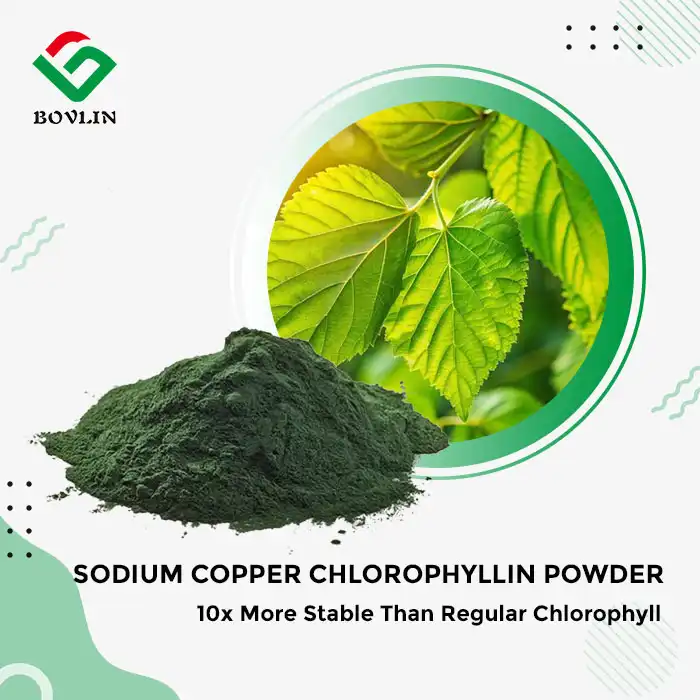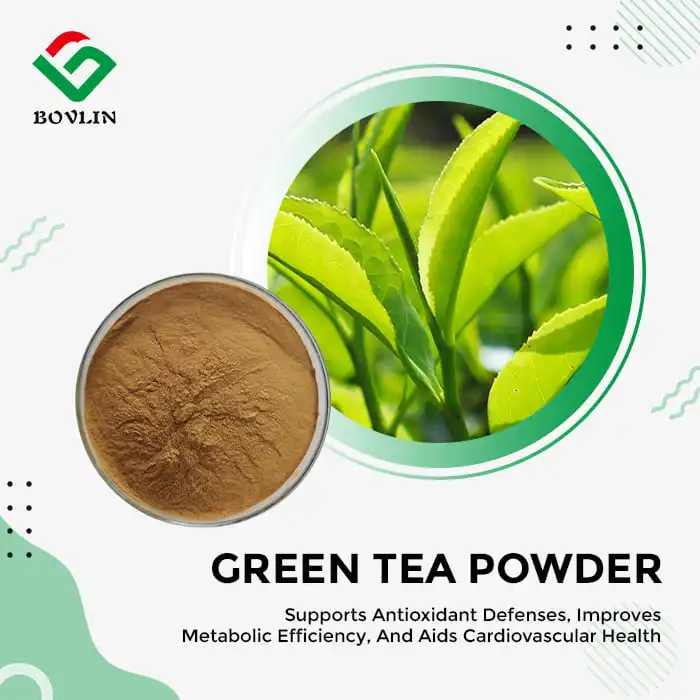What Are the Main Processing Methods for Walnut Peptides?
Enzymatic Hydrolysis
Enzymatic hydrolysis is a pivotal method in walnut peptide production. This process involves the use of specific enzymes to break down walnut proteins into smaller peptide fragments. The careful selection of enzymes and optimization of reaction conditions allow for precise control over the resulting peptide profile. Factors such as enzyme type, concentration, pH, temperature, and reaction time significantly influence the characteristics of the final walnut peptide product.
Membrane Separation Technology
Membrane separation technology plays a crucial role in refining walnut peptides. This method utilizes specialized membranes with varying pore sizes to separate and concentrate peptides based on their molecular weight. Ultrafiltration and nanofiltration are commonly employed techniques, enabling the removal of larger protein molecules and other impurities while retaining the desired peptide fractions. The integration of membrane separation enhances the purity and consistency of walnut peptide powder.
Spray Drying
Spray drying is an essential step in transforming liquid walnut peptide solutions into a stable, powder form. This process involves atomizing the peptide solution into fine droplets and exposing them to hot air, resulting in rapid moisture evaporation. The carefully controlled parameters of spray drying, including inlet temperature, feed rate, and atomization pressure, ensure the preservation of peptide functionality while achieving optimal powder properties such as solubility and dispersibility.

Extraction Technologies and Protein Isolation Techniques
Alkaline Extraction
Alkaline extraction is a fundamental technique for isolating proteins from walnut flour. This method leverages the solubility of proteins in alkaline conditions, typically using sodium hydroxide or potassium hydroxide solutions. The process involves carefully adjusting pH levels to optimize protein extraction while minimizing the co-extraction of undesirable components. Subsequent acid precipitation and centrifugation steps help purify the extracted proteins, forming the basis for further peptide production.
Isoelectric Precipitation
Isoelectric precipitation is a refined approach for separating walnut proteins based on their unique isoelectric points. By manipulating the pH of the protein solution, this technique induces protein precipitation at specific pH values corresponding to their isoelectric points. This method allows for the selective isolation of different protein fractions, including walnut peptide powder, enabling manufacturers to tailor the composition of their walnut protein concentrates and isolates. The precise control of pH and ionic strength during isoelectric precipitation significantly impacts the yield and purity of the extracted proteins.
Chromatographic Techniques
Advanced chromatographic techniques offer high-resolution separation and purification of walnut peptides. Ion exchange chromatography, size exclusion chromatography, and reversed-phase chromatography are among the methods employed to fractionate and isolate specific peptide populations. These techniques leverage differences in peptide charge, size, and hydrophobicity to achieve precise separation. The integration of chromatographic methods in walnut peptide production allows for the development of specialized peptide fractions with targeted functional properties.
Industrial Production Standards and Quality Control
Good Manufacturing Practices (GMP)
Adherence to Good Manufacturing Practices (GMP) is paramount in the industrial production of walnut peptides and protein powders. GMP guidelines encompass a comprehensive set of quality assurance measures, covering aspects such as facility design, equipment maintenance, personnel training, and documentation. Implementing GMP ensures consistency in production processes, minimizes contamination risks, and upholds product safety standards. Regular audits and certifications validate compliance with GMP, instilling confidence in the quality and reliability of walnut peptide products.
Analytical Methods for Peptide Characterization
Robust analytical methods are essential for characterizing walnut peptides and ensuring product quality. High-performance liquid chromatography (HPLC) coupled with mass spectrometry (MS) enables precise determination of peptide profiles, molecular weight distributions, and amino acid sequences. Fourier-transform infrared spectroscopy (FTIR) and circular dichroism (CD) spectroscopy provide insights into peptide secondary structures. These analytical techniques form the cornerstone of quality control processes, allowing manufacturers to verify peptide composition, purity, and conformity to product specifications.
Microbial and Contaminant Testing
Rigorous microbial and contaminant testing protocols are integral to maintaining the safety and quality of walnut peptide products. Microbiological analyses assess the presence of pathogens and total microbial counts, ensuring compliance with food safety standards. Advanced techniques such as PCR-based methods and next-generation sequencing offer enhanced sensitivity and specificity in microbial detection. Additionally, comprehensive testing for potential contaminants, including heavy metals, pesticide residues, and allergens, safeguards product integrity and consumer well-being. Implementing stringent testing regimens throughout the production process helps identify and mitigate potential quality issues promptly.

Conclusion
The production of walnut peptides and walnut protein powder involves a complex interplay of advanced processing methods, extraction technologies, and quality control measures. From enzymatic hydrolysis to chromatographic purification, each step in the manufacturing process contributes to the development of high-quality, functional ingredients. As the demand for plant-based protein alternatives continues to grow, the walnut peptide industry stands poised to deliver innovative solutions across various sectors, underpinned by rigorous scientific principles and stringent quality standards.
Contact Us
For more information about our walnut peptide and walnut protein powder products, please contact us at sales1@bovlin.com. Our team of experts is ready to assist you with your specific requirements and help you leverage the potential of these innovative ingredients in your applications.











